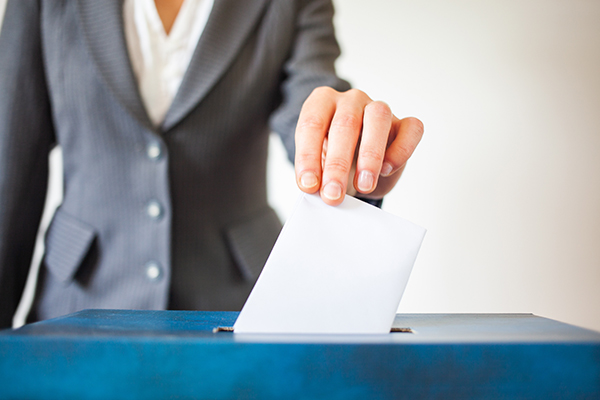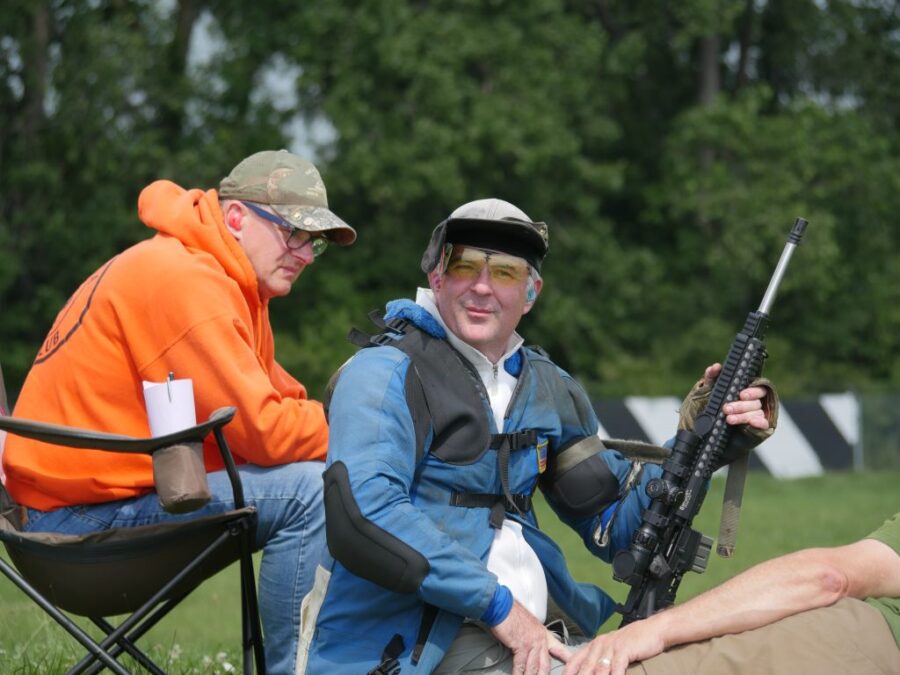Step Aside: It’s Her Turn
In the October 2023 issue, I wrote about the role of women in gun rights advocacy1 — a topic that seems to have resonated with our audience enough to warrant a follow-up. With the presidential and congressional primaries set to begin next month, now seemed like an ideal time to revisit the subject.
A quick search on BillTrack50 returned more than 900 results for bills pertaining to firearms in some way that have either been introduced or are currently in committee. In 2023, New York, Illinois and Texas introduced the majority of the bills restricting gun access, while Colorado, Maryland and Washington passed the most firearm control laws.
“If you don’t live in these states, you may be less inclined to pay attention, but it’s important to make sure we have all our rights across states, not just the one you live in,” said Heather Victor, founder and president of Victor Company USA.
Those in support of anti-gun legislation do a good job of harnessing the legislative power of women by citing statistics like “Women in the United States are 21 times more likely to be killed with a gun than women in other high-income countries.”
Molly Troy, principal consultant with Troy Group Consulting, argues the above stat is not only untrue but “absolutely irrelevant.”
“It’s past time for women to take control of the conversation and share their truths,” she stated.
“Honestly, I find the notion quite offensive to our caliber of intellect,” added Victor. “This is the reality: being uneducated about safe and responsible gun ownership is the true danger to women. The more we say ‘guns are unsafe for women,’ the more women are at risk.”
Focus On Education
On the surface, a widely reported study on “Homicide Deaths Among Adult Cohabitants of Handgun Owners in California, 2004 to 2016, published in the Annals of Internal Medicine seems credible.2 The study followed 17.6 million adult residents of California for up to 12 years, 2 months (Oct. 18, 2004–Dec. 31, 2016). The cohort members did not own handguns themselves, but some started residing with lawful handgun owners during follow-up.
A Time article summarizing the study stated, “We studied 18 million adults living in California. Nearly 2,300 of them died by homicide over the 12 years of the study.”3 What it didn’t state is this equates to 0.01%.
To gain further perspective, according to the 2022 California Office of Traffic Safety (OTS) Annual Report, 3,847 California residents died in traffic incidents in 2020 alone — a 3.5% increase over 2019 despite statewide COVID-19 lockdowns.4
The same article continued, “People living with handgun owners died by homicide at twice the rate of their neighbors in gun-free homes … An especially troubling finding was the vast majority of victims in these intimate partner shootings — 84% in all — were female. It stands to reason women bear the brunt of any second-hand risks that flow from firearm ownership. That’s because most people who live with gun owners and don’t themselves own guns are women.”
The last line underscores Victor’s point. The focus shouldn’t be on “control” but rather education, and who better to advocate for education than women?
“As parents, particularly moms, it’s our job to educate our kids on a variety of issues,” she said. “Just as with things like alcohol, credit cards or even purchasing a home, the goal is to educate your kids before they reach the age to purchase. It shouldn’t be any different for firearms.”
It’s not just the right to own firearms women should be concerned with being infringed upon, but the right to decide on how best to protect one’s family.
“Even if someone isn’t a gun owner now, it’s about preserving the right should they choose to become one at any point,” added Victor.
Underestimated Power
As I stated previously, women are often an undervalued and overlooked consumer segment within the shooting industry. Similarly underestimated is our legislative power.
It’s not that women don’t turn out to vote; it’s quite the opposite actually. The number of female voters has exceeded the number of male voters in every presidential election since 1964. But women are still less likely to have a seat at the tables where decisions are made.
According to the Center for American Women and Politics, financial challenges, including the cost of campaigns, unequal access to monied networks and gender disparities in political giving are frequently cited hurdles to women running for public office and waging a successful campaign.
Recent research from the CAWP illustrates while men and women candidates ultimately raise similar amounts of money in comparable state legislative and statewide executive contests, men give a disproportionate amount of all campaign contributions.5 Additionally, women candidates are often more likely than men to rely on small-dollar contributions and less likely than men to fund their own campaigns.
“I would be lying if I told you there probably isn’t some slight bias with women [candidates] among [the donor class]. If the donor class is 80% male, then it’s not surprising we keep ending up with male candidates,” said Ray Zaborney (R-PA), a Republican political consultant. “I don’t want to set anything backward or make it sound bad, but women aren’t going to solve this problem by themselves. They need all the folks who are in the establishment who are kind of the old white men; [they] have to welcome them in and bring them in and find opportunities. Because if not, it’s hard to do yourself if you’re on the outside. It’s hard to get on the inside.”
Financial challenges aren’t the only barrier deterring women from taking on political leadership roles. Gender stereotypes play a role, too.
In discussing her personal experience, former Nevada state assemblywoman Jill Tolles (R-NV) said, “I was asked a lot of questions men weren’t asked [as a political candidate]. Like who’s going to take care of your kids? And aren’t you worried about your safety when you knock on doors? And how does your family feel about this? How does your husband feel about this? And I tried to picture if my husband was running … I don’t know if he would ever be asked about worrying about his safety [while] knocking on doors or who’s going to take care of the kids. Those are questions that would never be asked.”
Another key deterrent may not have anything to do with gender at all.
“This wouldn’t be specific to women, but I would say the divisiveness of politics today and the social media, how hateful politics has become, I think is turning off more good people [from] wanting to get involved — male and female both,” said Lt. Governor Matt Pinnel (R-OK). “And that is a very disturbing trend because … it can get to a point where it’s just not worth it. And if it’s already hard for a woman to run, then that could be the deal-breaker for them.”
2A’s Best-Suited Advocates
While there’s certainly work to be done to break down these barriers to entry for women, elected positions aren’t the end-all be-all.
It’s important to remember individuals and groups outside of elected positions — such as political donors, corporate political action committees, industry leaders, unions, and grassroots advocates — also have significant influence in marshaling resources, whether financial or human (e.g. volunteers, voters, protestors), that shape both electoral and policy outcomes.
Women, no matter the role in which they serve, are the 2A community’s best-suited advocates for countering the well-organized and targeted disinformation campaigns. However, the only way they’ll be successful is with the support of the entire community. And in a year where there’s so much at stake, the time get behind “her” is now.





